Principle #1: The Arctic and Antarctic Regions are unique because of their location on Earth
1A: The Arctic and Antarctic are both cold environments but have different geographical features.
- 1A-1: The Arctic is an ice-covered ocean surrounded by land.
- 1A-2: Sea ice on Arctic Ocean averages ~2 meters thick.
- 1A-3: Antarctica is an ice-covered continent (land) surrounded by the Southern Ocean.
- 1A-4: Ice sheets on Antarctica average ~2-4 kilometers thick.
1B: Earth’s tilted axis affects polar seasons
During summer (Arctic – Jun, Jul, Aug; Antarctic – Dec, Jan, Feb) the sun does not set, and during winter (Arctic – Dec, Jan, Feb; Antarctic – Jun, Jul, Aug) the sun does not rise.
1C: The physical characteristics of the environment (weather, climate, topography, geology) are significantly different.
- 1C-1: The air temperature in Antarctica is much colder than in the Arctic.
- 1C-2: Temperature at the Poles is moderated by predominance of ocean versus land as well as elevation.
1D: Polar climates create different living conditions.
- 1D-1: In the Arctic, life is widespread in terrestrial ecosystems (tundra and boreal forest) and the ocean. There are native human populations in the Arctic.
- 1D-2: In the Antarctic, terrestrial life is not widespread and is generally limited to the continental margin and the ocean. Vegetation is limited to mosses, liverworts, lichens and fungi that can survive extreme environments. There are no native human populations in Antarctica.
Scientist Spotlight
Related Resources
- Polar Data Stories – Interactive online actives featuring cool Polar research and data.
- I.D. Antarctica – Photographic mysteries of Antarctic animals for students to investigate.
- Project Swarm – A curriculum of lessons and data activities for middle and high school students featuring the influences of warming on the food web interactions between phytoplankton, krill and penguins


